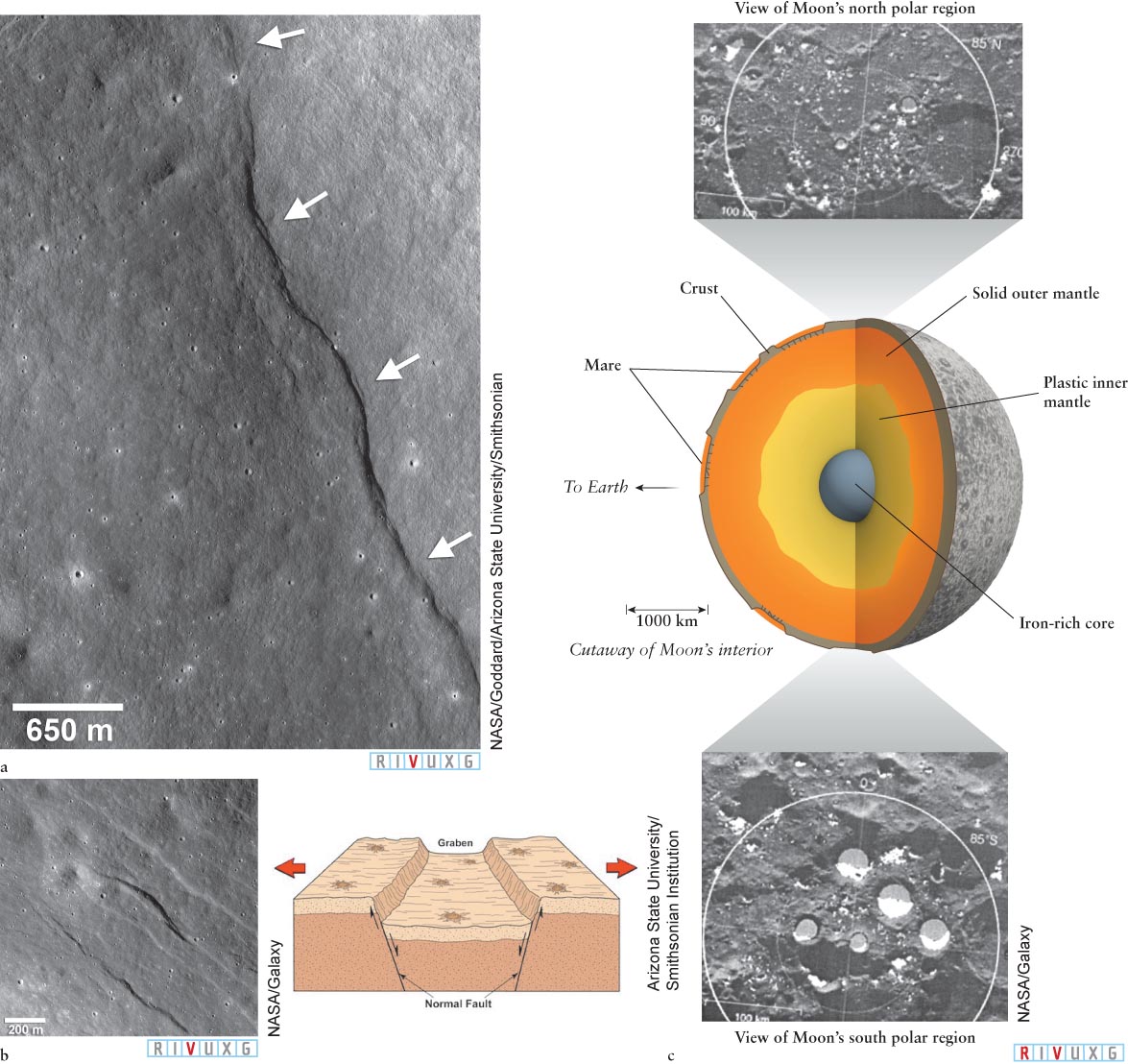
Figure 6- h- r- r-